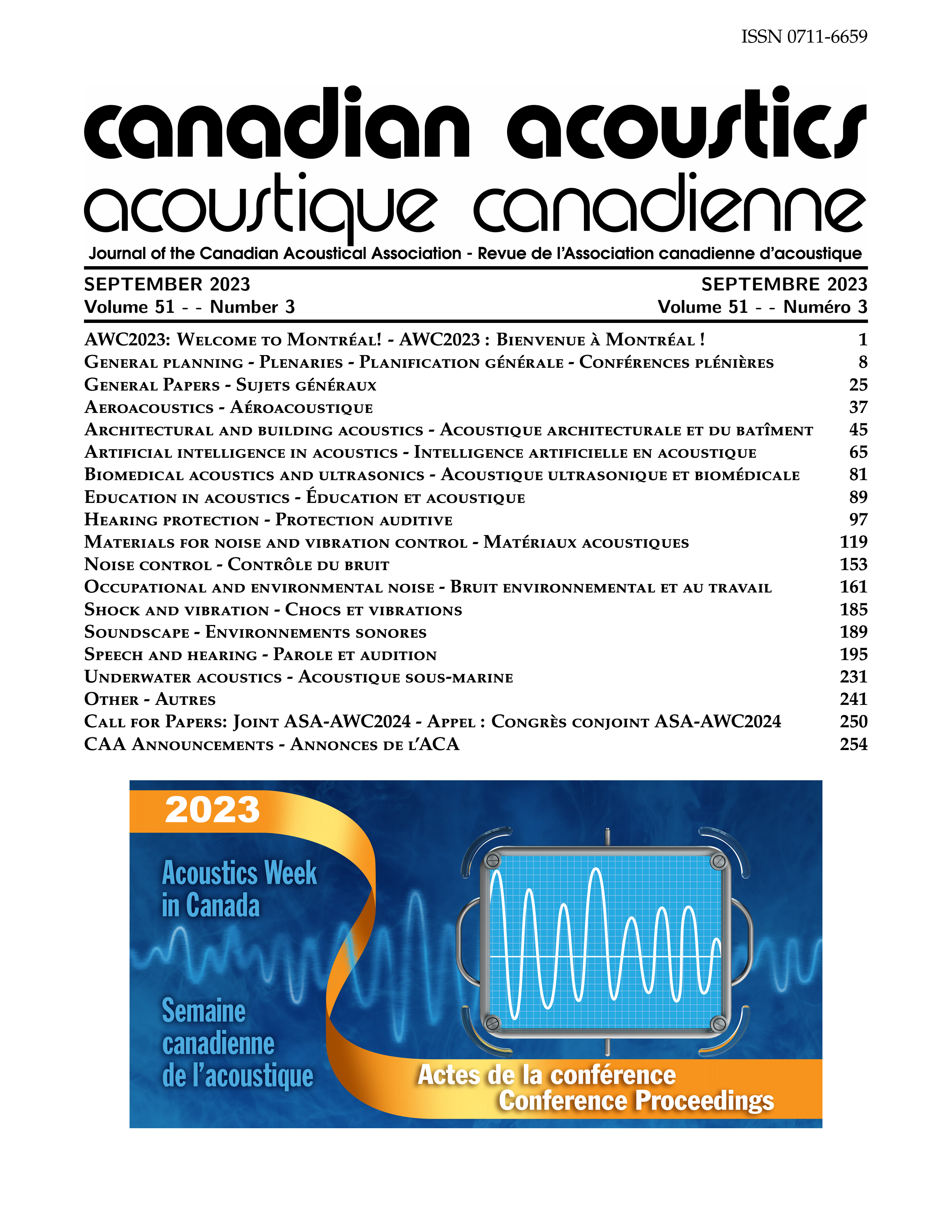Articulation and Acoustics of Korean Liquids: A Case Study in Loanword Adaptation
Abstract
This paper is a case study in phonetic variation in the realization of liquid consonants (laterals and rhotics) in Korean loanwords from English. Korean has a single liquid phoneme, /L/, which is restricted in the native vocabulary to word-medial and word-final positions. Word-medially, it is realized as a tap if single and as a lateral if geminate; word-finally, it is realized as a lateral (Ahn, 2002). The restriction against word-initial liquids, however, is relaxed in English loanwords (Iverson & Kim, 1987), with recent studies observing a range of realizations: a tap, a lateral, or an approximant (Yun & Kang, 2019).To better understand the details of this variation, we collected electropalatography (EPG) and acoustic data from two native Korean speakers fluent in English. The speakers produced word-initial and word-medial liquids in loanwords, as well as similar sounds in native words and in English words.Articulatory measurements of Center of Gravity (CoG) of linguopalatal contact, the amount of contact (Q), and liquid duration revealed clear lateral-rhotic distinctions in native Korean words, in English words, as well as in loanwords – in word-medial position. As anticipated, word-initial liquids in loanwords exhibited a range of linguopalatal patterns. A follow-up acoustic analysis using Yun and Kang's (2019) criteria showed that word-initial liquids were realized as laterals, approximants, or taps, with these realizations only partially dependent on the English source consonant (/l/ or /ɹ/) and somewhat different between the speakers. The male speaker favoured approximant and laterals realizations (47% and 39%), while the female speaker favoured taps and, to a lesser extent, laterals (68% and 31%).In sum, this study provides some new insights into individual strategies in the production of liquids in Korean, adding to our understanding of loanword adaptation. To confirm these findings, we are currently collecting acoustic data from additional Korean speakers.Additional Files
Published
How to Cite
Issue
Section
License
Author Licensing Addendum
This Licensing Addendum ("Addendum") is entered into between the undersigned Author(s) and Canadian Acoustics journal published by the Canadian Acoustical Association (hereinafter referred to as the "Publisher"). The Author(s) and the Publisher agree as follows:
-
Retained Rights: The Author(s) retain(s) the following rights:
- The right to reproduce, distribute, and publicly display the Work on the Author's personal website or the website of the Author's institution.
- The right to use the Work in the Author's teaching activities and presentations.
- The right to include the Work in a compilation for the Author's personal use, not for sale.
-
Grant of License: The Author(s) grant(s) to the Publisher a worldwide exclusive license to publish, reproduce, distribute, and display the Work in Canadian Acoustics and any other formats and media deemed appropriate by the Publisher.
-
Attribution: The Publisher agrees to include proper attribution to the Author(s) in all publications and reproductions of the Work.
-
No Conflict: This Addendum is intended to be in harmony with, and not in conflict with, the terms and conditions of the original agreement entered into between the Author(s) and the Publisher.
-
Copyright Clause: Copyright on articles is held by the Author(s). The corresponding Author has the right to grant on behalf of all Authors and does grant on behalf of all Authors, a worldwide exclusive license to the Publisher and its licensees in perpetuity, in all forms, formats, and media (whether known now or created in the future), including but not limited to the rights to publish, reproduce, distribute, display, store, translate, create adaptations, reprints, include within collections, and create summaries, extracts, and/or abstracts of the Contribution.


